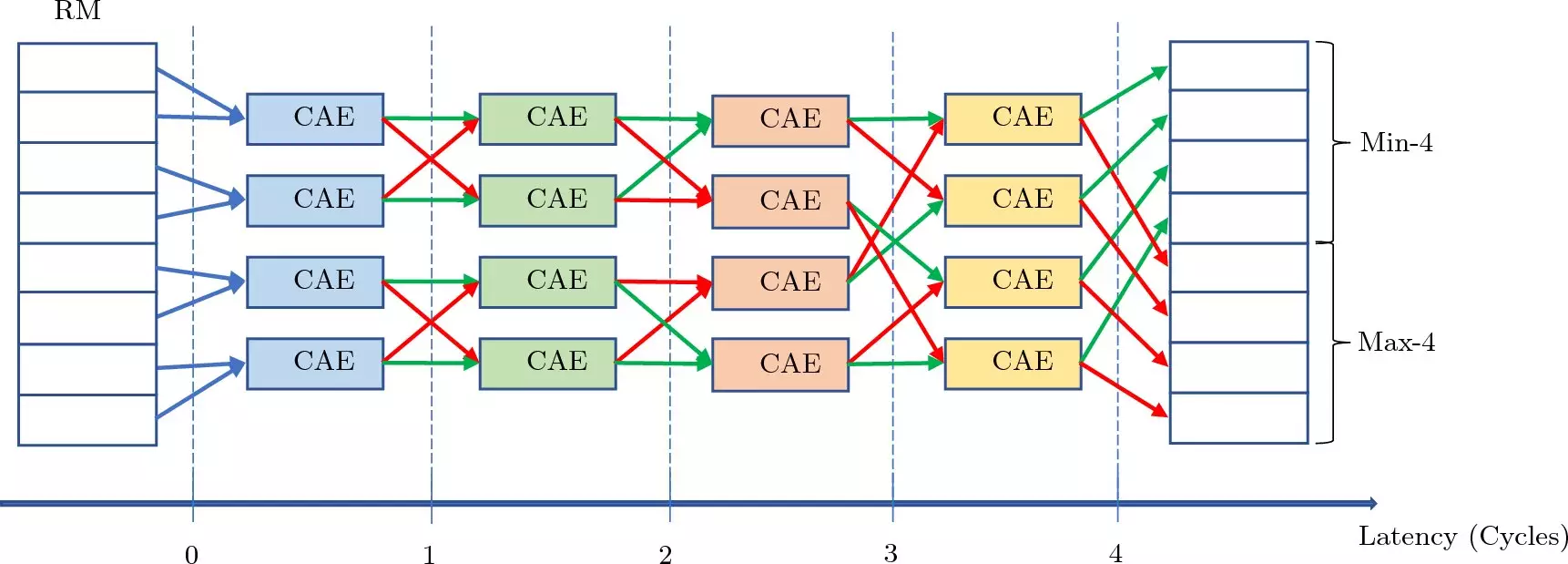The ongoing quest to unlock the mysteries of the universe has led scientists to delve deep into the world of particle physics. One of the most ambitious projects in this field is the operation of the Large Hadron Collider (LHC), the world’s largest particle collider. Situated beneath the France-Switzerland border, this vast underground tunnel houses a marvel of scientific engineering, where protons are accelerated to velocities close to the speed of light and made to collide with each other. These collisions create fleeting instances that mirror the conditions present in the immediate aftermath of the Big Bang.
Among the many enigmas that scientists are striving to unravel is the mystery of dark matter. Despite being invisible to the naked eye, dark matter is believed to make up a significant portion of the universe’s mass. This elusive substance exerts gravitational effects on celestial bodies, indicating its presence, yet its nature remains largely unknown. Researchers, including physicist Ashutosh Kotwal from Duke University, are working tirelessly to detect traces of dark matter within the subatomic debris produced by collisions at the LHC.
The Role of Artificial Intelligence in Particle Physics
In a groundbreaking study published in the journal Scientific Reports, Kotwal introduces a novel approach that combines particle physics with artificial intelligence (AI). The integration of AI technology into the detection systems at the LHC opens up new possibilities for capturing elusive particles and phenomena that would otherwise go unnoticed. By utilizing advanced algorithms and image recognition techniques, researchers aim to sift through the vast amounts of data generated by the collider in real-time and identify rare occurrences that may hold the key to unlocking the secrets of dark matter.
At the heart of Kotwal’s innovation lies the “track trigger” algorithm, a high-speed computational tool capable of identifying and flagging specific particle tracks in a matter of nanoseconds. By distributing the processing workload among multiple AI engines running concurrently on silicon chips, the algorithm can swiftly analyze images captured by the detectors and isolate relevant information from the background noise. This revolutionary approach represents a significant leap forward in the field of particle physics, enabling researchers to pinpoint rare interactions with unprecedented speed and accuracy.
As Kotwal and his team continue to refine and develop their AI-based technology, the prospect of making groundbreaking discoveries in particle physics becomes increasingly tangible. The planned construction of a prototype device, comprising thousands of silicon chips, marks a crucial step towards implementing this innovative approach on a larger scale within the LHC detectors. With the accelerator expected to produce even greater quantities of particles in the coming years, the need for advanced data processing techniques, such as the track trigger algorithm, becomes more imperative than ever.
The marriage of particle physics and artificial intelligence heralds a new era of discovery and innovation in the realm of scientific research. By harnessing the power of AI to enhance data analysis and image recognition capabilities, researchers are poised to unlock the mysteries of the universe and potentially reveal the elusive nature of dark matter. As Kotwal aptly puts it, “Our job is to ensure that if dark matter production is happening, then our technology is up to snuff to catch it in the act.” In the quest for knowledge and understanding, the integration of cutting-edge technologies paves the way for unprecedented scientific breakthroughs.


Leave a Reply